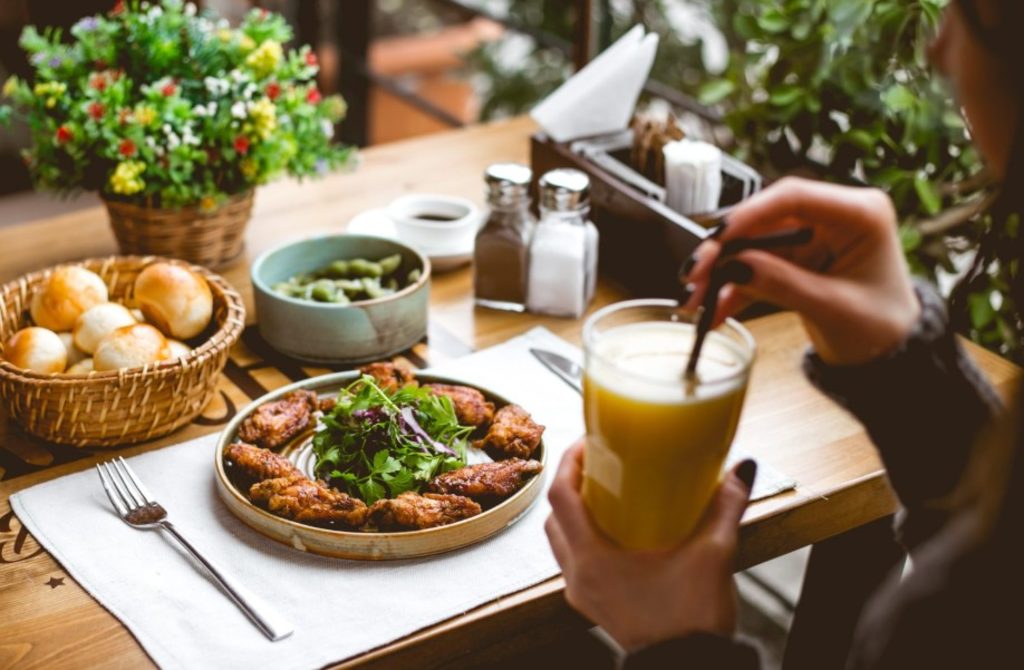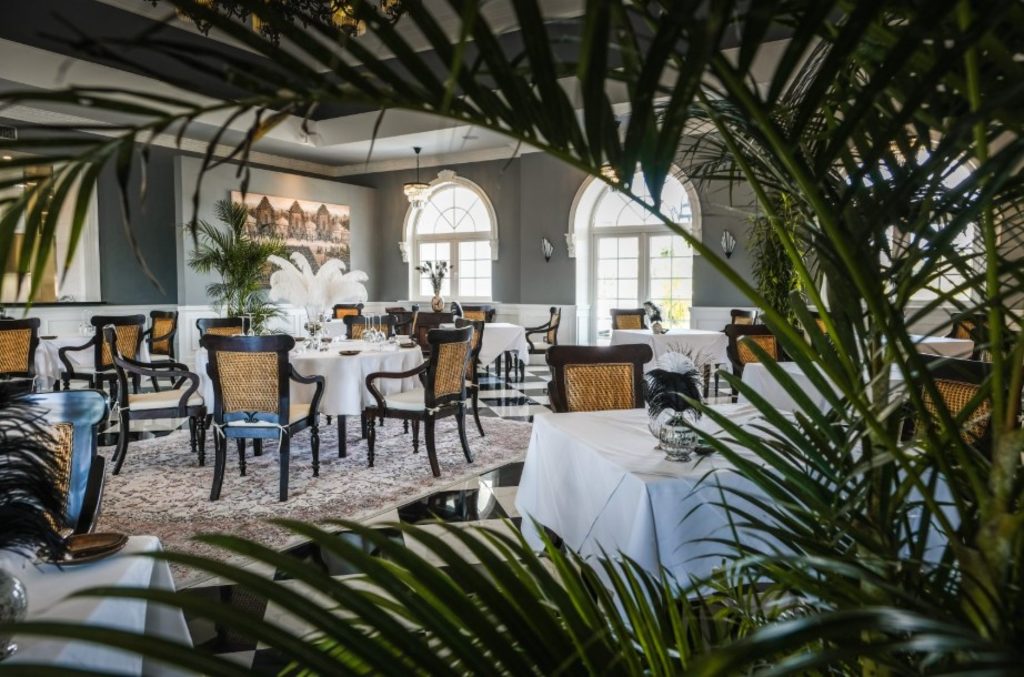Dining out is much more than satisfying hunger, it’s an experience shaped by atmosphere, service, and food. The two primary styles—fine dining and casual dining—offer distinctly different experiences. Choosing between them depends on budget, occasion, and preferences.
*Fine dining, according to www.aperitif.com, is defined by an elegant ambiance, meticulous service, and culinary artistry.
Restaurants in this category feature sophisticated décor with plush furnishings, fine china, polished silverware, and soft lighting to create an upscale atmosphere.
Service is highly attentive, with trained staff providing detailed menu explanations, unfolding napkins, and ensuring every detail is perfect. Menus are expansive, often including multiple courses such as degustation tastings, and showcase premium ingredients and innovative techniques.
Presentation is elevated, making dishes visually stunning as well as delicious.
*Casual dining, by contrast, offers a relaxed and approachable environment.
Décor is simple and welcoming, with practical furniture and brighter lighting.
Service is friendly but informal; diners may find self-service drink stations and no strict dress code.
Menus cater for diverse tastes and emphasised comfort food and familiar classics, with more flexibility to accommodate dietary preferences.
Portions are hearty and satisfying, and guests can drop in without reservations or elaborate plans.
Several differences distinguish the two styles: price is a major factor, as fine dining commands higher costs due to premium ingredients and elevated service, while casual dining is more affordable.
Dress codes are formal in fine dining, with business casual or elegant attire expected, whereas casual dining allows everyday clothing.
Reservations are typically required for fine dining to maintain exclusivity, while casual restaurants often operate on a first-come, first-served basis.
Atmosphere also varies—fine dining is usually hushed and intimate, suited for special occasions, while casual dining is livelier and more family-friendly.
Further distinctions include décor and table settings, with fine dining showcasing refined linens and crystal glassware versus simpler arrangements in casual venues. Fine dining establishments often have smaller spaces to create intimacy, whereas casual restaurants are larger to serve more guests.
Drink menus differ too: casual restaurants offer familiar beverages, while fine dining features curated wines and specialty cocktails.
Both fine and casual dining have value, offering experiences tailored to different occasions and tastes.
Whether you seek an elegant evening of culinary innovation or a comfortable meal with friends, the choice depends on what you hope to enjoy.
Menus cater for diverse tastes and emphasise comfort food and familiar classics, with more flexibility to accommodate dietary preferences. Pictures: APERITIF.COM



